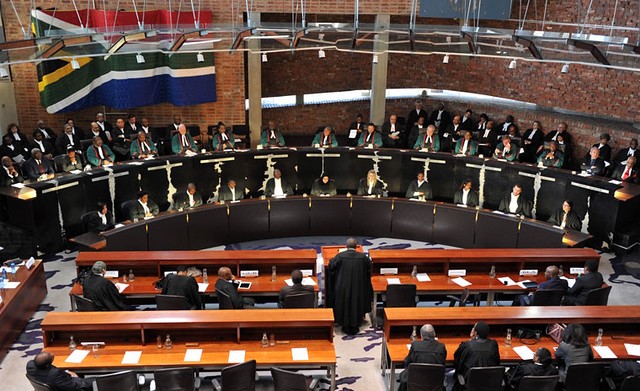HOW DOES THE CONSTITUTION IMPACT THE MHS ACT & OHS ACT AND THE ACCOMPANYING REGULATIONS.

HOW DOES THE CONSTITUTION IMPACT THE MHS ACT & OHS ACT AND THE ACCOMPANYING REGULATIONS.
Protection of Fundamental Rights: The Constitution guarantees several fundamental rights to individuals, including the right to life, dignity, and a safe working environment. These rights provide the basis for the development of legislation related to health and safety in the workplace, such as the MHSA and OHSA. The Constitution ensures that the government has a duty to protect the health and safety of workers and that workers have the right to a safe working environment.
Legislative Authority: The Constitution grants the legislative authority to the South African Parliament to pass laws. The Parliament has the power to enact legislation related to mine health and safety (MHSA) and occupational health and safety (OHSA) based on its constitutional mandate. These acts are created to give effect to the constitutional rights and to regulate specific aspects of health and safety in workplaces, including mines.
State Responsibility: The Constitution places an obligation on the state to protect the well-being of its citizens. This responsibility extends to ensuring the health and safety of workers in various sectors, including mining and other workplaces. The MHSA and OHSA are enacted to fulfill this responsibility and establish a legal framework to prevent accidents, injuries, and occupational diseases.
Equality and Non-Discrimination: The Constitution promotes equality and prohibits unfair discrimination. This principle is relevant to health and safety regulations, as these acts should apply to all workplaces and protect all workers equally, regardless of their background, gender, race, or other characteristics. The legislation should ensure fair and equal treatment in terms of occupational health and safety standards.
Participatory Democracy: The Constitution encourages participatory democracy and public participation in decision-making processes. This principle is relevant to mine health and safety and occupational health and safety, as these acts often include provisions for consultation with stakeholders, including workers, industry representatives, and relevant experts. Public input and engagement are essential for effective implementation and continuous improvement of health and safety standards.
